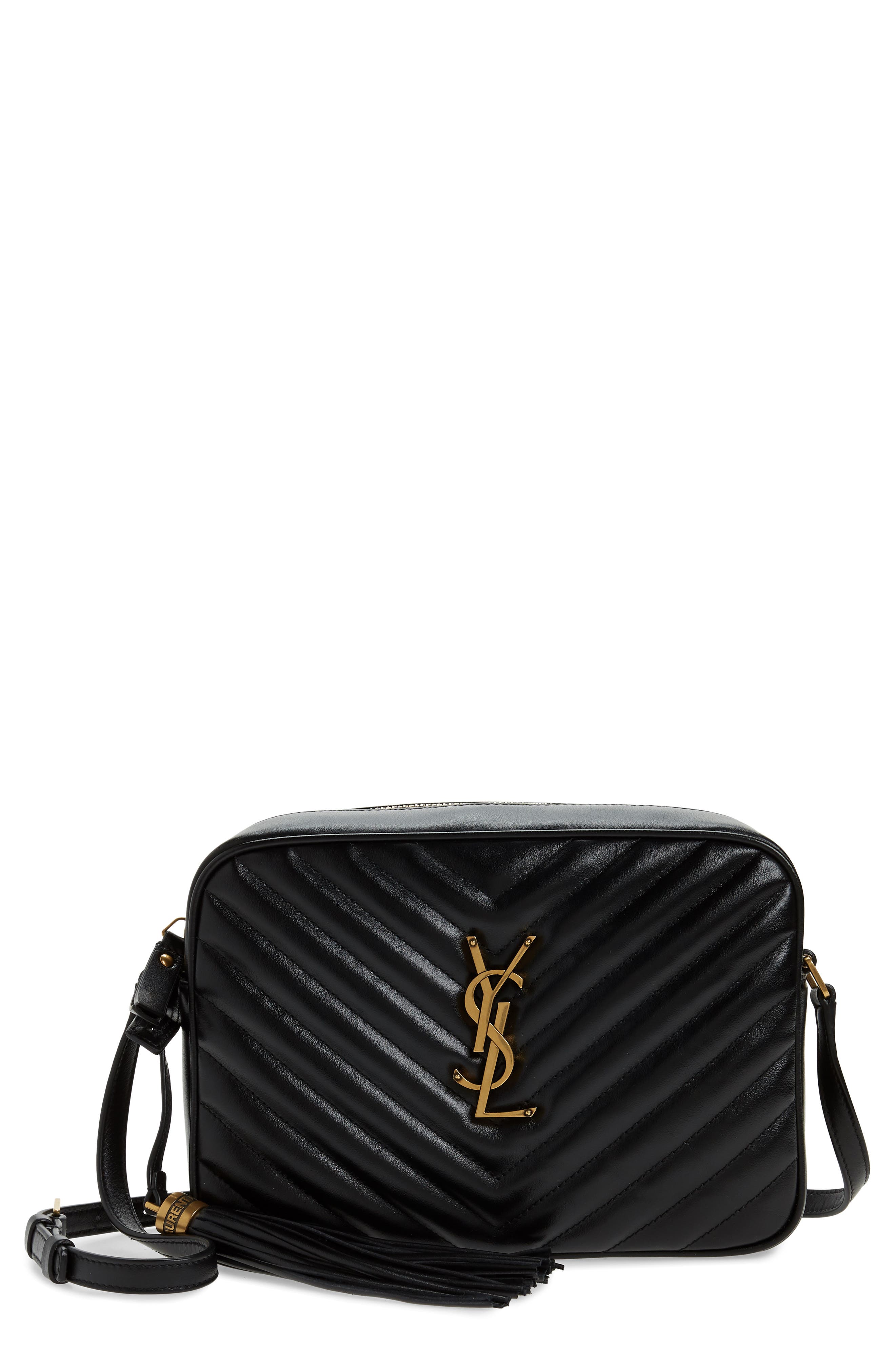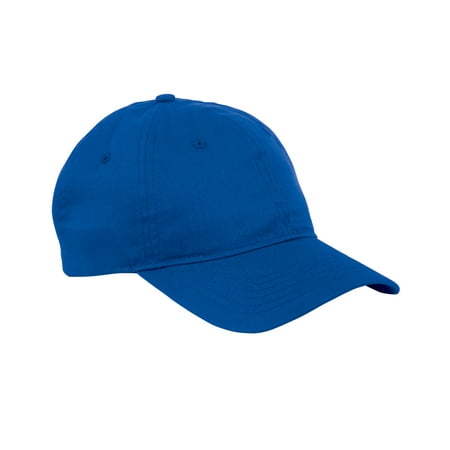Lou Matelassé Leather Camera Bag SAINT LAURENT
A calfskin crossbody inspired by vintage camera bags goes for maximum impact with matelassé chevrons, logo-monogram hardware and a bold tassel at one side.
A calfskin crossbody inspired by vintage camera bags goes for maximum impact with matelassé chevrons, logo-monogram hardware and a bold tassel at one side.
- Top zip closure
- Adjustable crossbody strap
- Calfskin leather
- Made in Italy
- Designer Handbags
- Item #5843282
Additional information
| SIZE INFO | 8"W x 6"H x 2 1/2"D. (Interior capacity: small.) |
|---|






by Chrishawn
The bags leather is soft and feels good to the touch. I love that it’s a versatile bag to be worn across the body and one shoulder. I would like to have an extra hole higher on the shoulder strap so when I carry it on one shoulder it doesn’t hang down as far. No complaints about the bag at all!
by June
This purse is beautiful. Got it in the color Nero with the gold lettering. Very roomy for going out or just running out. Nice that it has a leather adjustable strap to wear different lengths.
by Madelyn
I love this bag. I bought the sea turquoise. The color is beautiful and the quality of the leather is amazing. It also is more spacious than I thought it would be. Nice to have the adjustable strap as well.